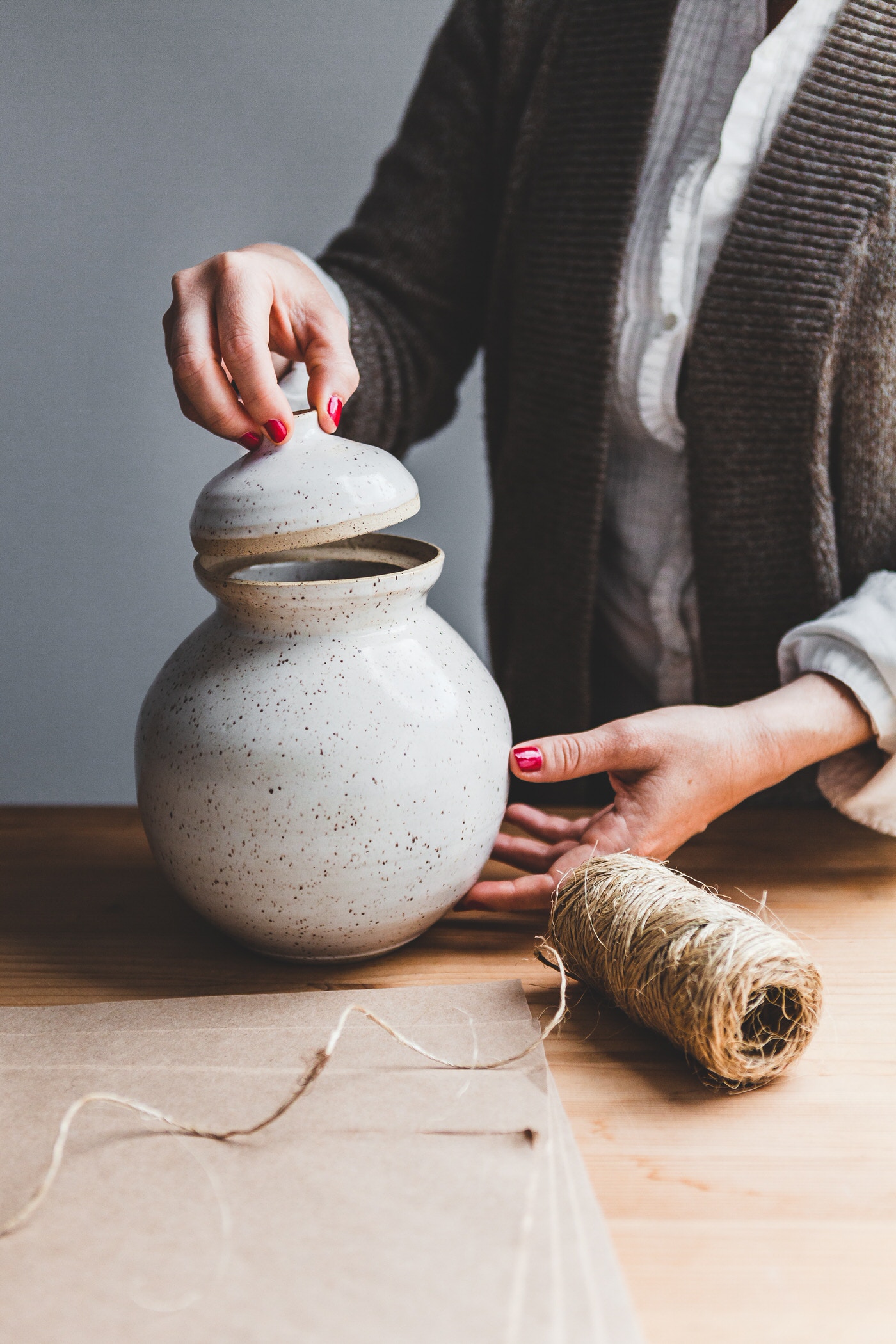As passionate, value-driven women, we want to do good, both in life and in business. The problem is, good intentions alone do not protect us from causing harm. We have never been so globally connected; each decision we make when it comes to running our businesses can have a multitude of implications for others. This connection has also brought about more awareness of environmental and social issues. We can craft thoughtful businesses that create good in the world, but to make sure that they are really doing, well, good – critical thinking, honest reflection, and research must be pillars of our decision making.
To help you avoid good- or green-washing, I’ve outlined four common business models below and a starter checklist you can run through.
The Destination Trip
A health and wellness, or activity based, retreat where people focus on skill-based learning, empowerment exercises, or coaching. The trip may have a “give-back” component related to the community or environment, and is focused on driving tourism to the region. These can either take place in a destination that hasn’t hit the mainstream travel market yet to save on cost and offer an “authentic” experience, or in a destination known for retreats and self-development experiences.
A Problematic Case Example:
You create a diving and yoga retreat on an island in Indonesia, and the profits help fund a local coral conservation project. But you haven’t thought to survey the community where you’re running these trips on if they want to embrace the tourism industry, nor have you made sure that they have the necessary facilities and systems to support tourism. Your trips are a hit and now the community is faced with an influx of people who are creating a bigger strain on their resources.
Starter Questions:
- Have you had feedback and approval from the community and addressed areas of concern?
- Are there any Indigenous peoples’ land rights, or other issues, you need to respect and educate yourself on?
- Does the community have enough resources and systems (such as waste management) to support tourism?
- If you’re relying on a trail system, park, or reserve, can it handle an increase in visitation without environmental consequences? - Is the area already suffering from over-tourism?
- Are you employing local guides, hosts and instructors? If not, is there a barrier you can help solve (such as funding English classes) so that you can do so?
- Are you treating your on-the-ground employees or contractors with the same standard as your home country, making sure that they have health, safety, and insurance programs?

The Product for a Cause
A product that contributes to solutions for a social or environmental cause with its sales. With social causes, sometimes for every item purchased, a similar item will go to a person in need of the product. With environmental causes, the sale of a product raises funds; sometimes the product is an unrelated item like a bracelet. The item will be heavily branded with a recognizable design so the wearer can show that they have the same values as and support the brand.
A Problematic Case Example, Social Cause:
You make high-end merino wool beanies, and with proceeds from the sale of these you decide to create a less costly version and donate them to people living on the street. But, you haven’t surveyed or collaborated with the support organizations that work within the community. It turns out they are already inundated with clothing donations, but what they really need is funding to expand services and programs that help this at-risk population.
A Problematic Case Example, Environment Cause:
You make beach towels and with every sale, a portion of the profits goes towards an ocean conservation project. But, the beach towels are made of synthetic fibers and contribute to ocean microplastics every time they are washed.
Starter Questions:
Social:
- If you are supporting people or a community, are you telling their stories? If so, do you have consent? And are you doing it with dignity?
- Are you contributing to pollution, unsafe working conditions, or unfair wages in another country with the production of your item?
- Have you surveyed the community and worked with local groups to find out what they need the most?
- Instead of offering products, could you offer sustainable support (for example, job creation)?
Environmental:
- Is the production cost to the environment higher than the good it would be doing?
- Is the product useful and will it withstand trends, or is it likely to end up in a landfill within 5 years’ time?
- Can you afford to make it of sustainable materials? If you can’t, should you make it at all?
- Are you creating a meaningful discussion for the consumer to learn more about the issue through the marketing, sale, and purchase of the item?
- Through the sale of this item, are you asking people to buy things they don’t really need – the root cause of many environmental issues?

The Artisan Goods Seller
For those that sell artisan goods, the wares are often created in lower income communities or countries, and marketed/sold to consumers in higher income communities or countries. Jewelry, textiles, accessories, home goods, and clothing are common items made that are usually bought at a lower price and marked up for the consumer. Often times these re-sell programs can empower women to create an income in unequal opportunity societies. Sometimes you’ll see that a portion of profits are also used to set up community programs.
A Problematic Case Example:
You start an online marketplace carrying textiles from weavers in Peru. You share each weaver’s story, hoping to help drive more sales. Without realizing it, instead of focusing on their craft, you’ve focused on their personal struggles hoping the consumer will empathize and be more likely to support the artisan. The weavers end up feeling reduced to a stereotype rather than respected as artisans.
Starter Questions:
- If you’re working with artisans in another country than where you live, why do you want to do so over those in your own community? (If there’s any hint of white savior-ism or ego in your answer, it’s time for deeper reflection.)
- If the artisan is using a design, style, or pattern belonging to a specific culture, are they of that culture, or are they appropriating it (using it without permission for personal gain)?
- If the artisan is using their culture’s collective intellectual property, how can you support or protect their copyrights so that their traditional designs are not ripped off and mass produced?
- If you are using the artisans’ stories in your marketing, are you doing so with consent (true consent, where the person understands the size and potential of the audience) and dignity?
- Is the profit split fair? Are they making a living, or above, wage?
- Have you been careful not to over promise in sales so that the artisan does not invest too much time or materials, or discontinues to sell with other distributors?
- Will the artisan still be compensated should the business fail?

The Social Impact B-Corp
This is probably the most varied out of the models, so for this instance we’ll focus on a quality of life improvement product. A company will make a technology that can give people access to clean water, renewable energy, food production, or address another challenge in meeting human needs or rights. The company creates a consumer product that funds initiatives to use the same technology in a way that provides a solution to a community’s challenges, such as access to clean drinking water.
A Problematic Case Example:
You create a filtration system for people who spend time in rural areas. You employ people only in your country of origin, but work in communities in other countries to provide access to clean drinking water using the same technology in your consumer product. Your team goes on trips to these communities for marketing material photo ops, and (whether intentionally or not) can look positioned as heroes of the community.
Starter Questions:
- Are you, or could you, employ or fund experts on the ground in the communities you will be running programs or product distribution in?
- Are you also running product distribution programs to areas in your own country facing the same issues?
- Do you have enough to give away, or will you be creating division and contention in a community?
- Are you using influencers or prolific people from outside the community to market the brand? Could you be using people from within the community instead?
These questions are meant to get you thinking and to exercise mindfulness, but each case will come with its own complexities and nuances. Think of yourself as the person being impacted in the economic chain or as the consumer. What would you want to know? What would you want the business to consider? What are the best practices in the industry? It may seem overwhelming at first, but when we challenge ourselves to think deeper, we get to the truly good stuff.
